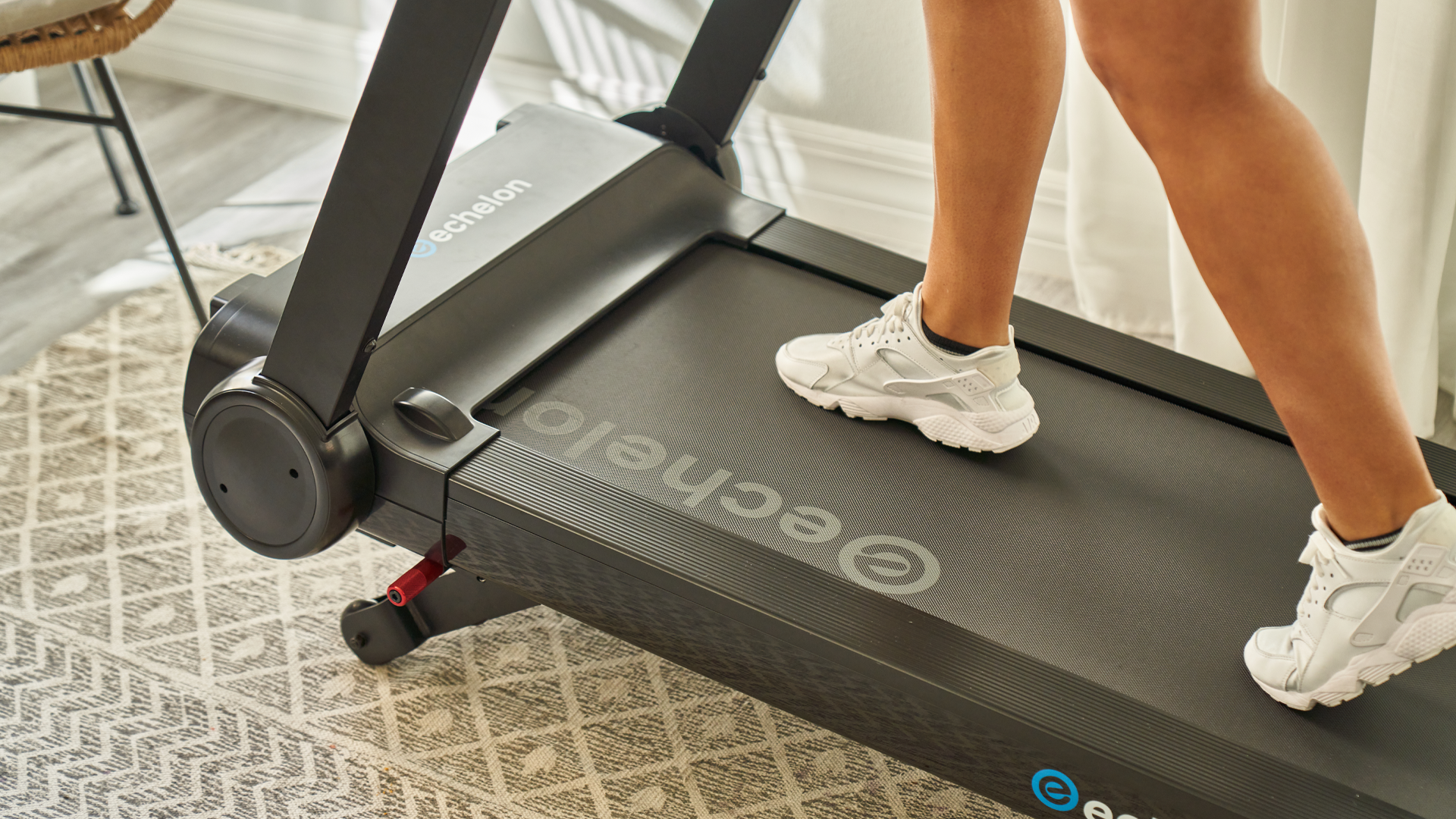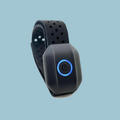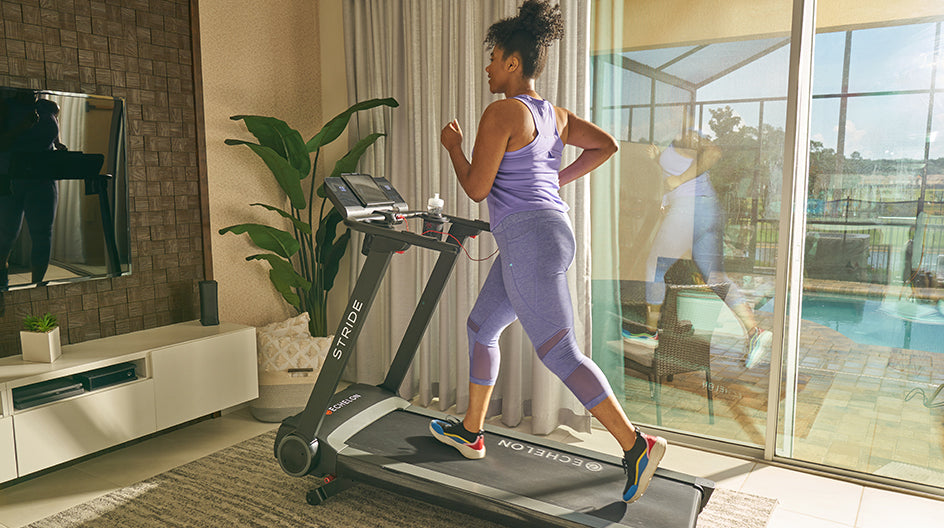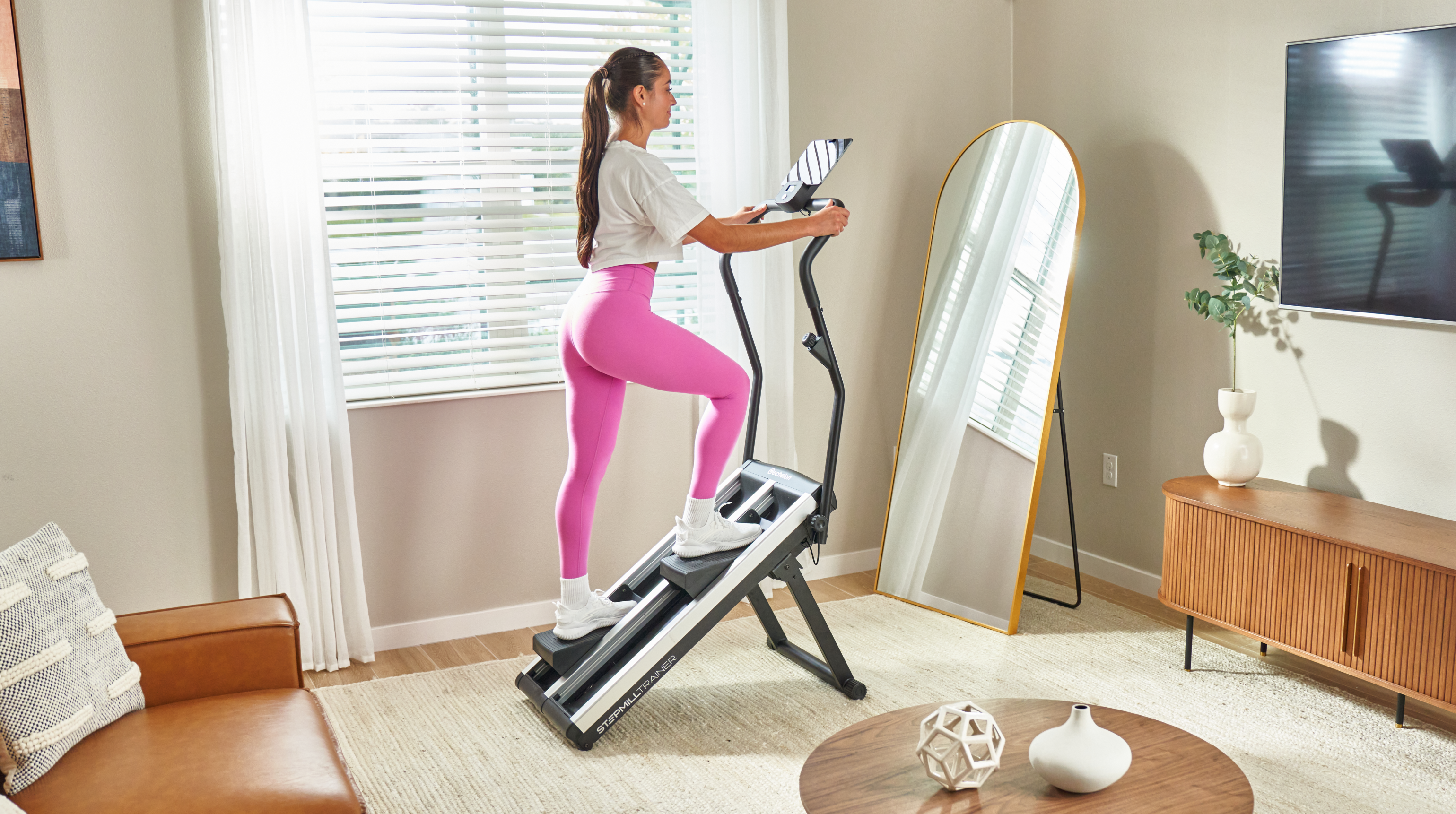-
Current Promotions
-
Connected Equipment
-
Membership
-
Merchandise
-
30-Day Home Trial
-
Why Choose Us?
-
Your Safety Matters
-
News
-
Gift Vouchers
-
Echelon Commercial
-
Reward Zone
Stride Treadmills
Compare TreadmillsFive Things You Should Know About Cadence

Often, when it comes to fitness many choose to solely focus on calories as a metric for good performance.
However, this means an important fitness metric can get overlooked: cadence.
In this article we’ll outline our top 5 things you should know about cadence performance, so you can begin to use it as a tool for improvement.
What is cadence?
In running, cadence is the number of steps you take per minute. It is sometimes referred to as step or stride frequency.
Similarly, in cycling cadence refers to the number of pedals you make per minute.
There are many factors that can affect cadence performance. Most notably, height and terrain.
Runners who are taller naturally take longer strides. This means their cadence is usually slower. Whereas shorter runners have to take a higher amount of steps to cover the same distance, making their cadence performance ‘faster’.
Similarly, when running on an incline cadence tends to increase, but it decreases going downhill to keep control.
With cycling the reverse can happen. On a flat terrain cadence is usually higher, and most pedal slightly slower on an incline.
Why is it important to measure it?
Firstly, measuring cadence is important when it comes to improving speed. When measuring cadence on a personal level, increasing it equates to a faster running/cycling time. Understanding your running/cycling in this way can then help you exercise for longer and decrease fatigue.
Cadence performance is also important when it comes to ground contact time. Decreasing your ground contact time can help to alleviate pressure on the joints, reducing the likelihood of leg injuries.
How can you measure cadence performance?
When exercising outdoors, measuring cadence can be tricky. Of course, sports watches are an easier option. However, cadence performance is an advanced metric, not available on most watches.
Therefore, the best way to do it when outdoors is getting to a comfortable pace, setting a one minute timer and counting your steps/pedals.
Of course, if you own indoor equipment such as our smart treadmill or bike, cadence is an easily accessible metric you can see on your screen.
What is considered ‘good’ cadence?
A common misconception is that there is a universal ‘good’ number to aim for. This is because, in the 1980s a study on long distance runners in the Olympics concluded that 180 steps per minute was ideal cadence.
However, nowadays it is more widely accepted that ‘good’ cadence can vary significantly from person to person. Factors such as height and age play a huge role in this variation. Thus, ‘good’ cadence is fully dependant on what is good for you, and this applies to both running and cycling.
How can cadence performance be improved?
Since improving cadence can reduce injury risk, it’s still important to measure it and set yourself personal goals.
Some tips you can do include shifting focus to concentrate on picking your feet up, as opposed to putting them down.
Also, you can aim to shorten your stride landing your feet beneath you, and not straightening your leg in front.
When cycling, you can aim to improve cadence by focusing on fluidity and coordination. Keep your core strong by limiting movement in the upper body, allowing power transfer to come from the waist downwards.
You can also keep on top of these tips by using a metronome or metronome app.
Ready to improve your fitness goals?
Find your perfect exercise machine, as well as classes from top instructors in the industry with Echelon today.
























